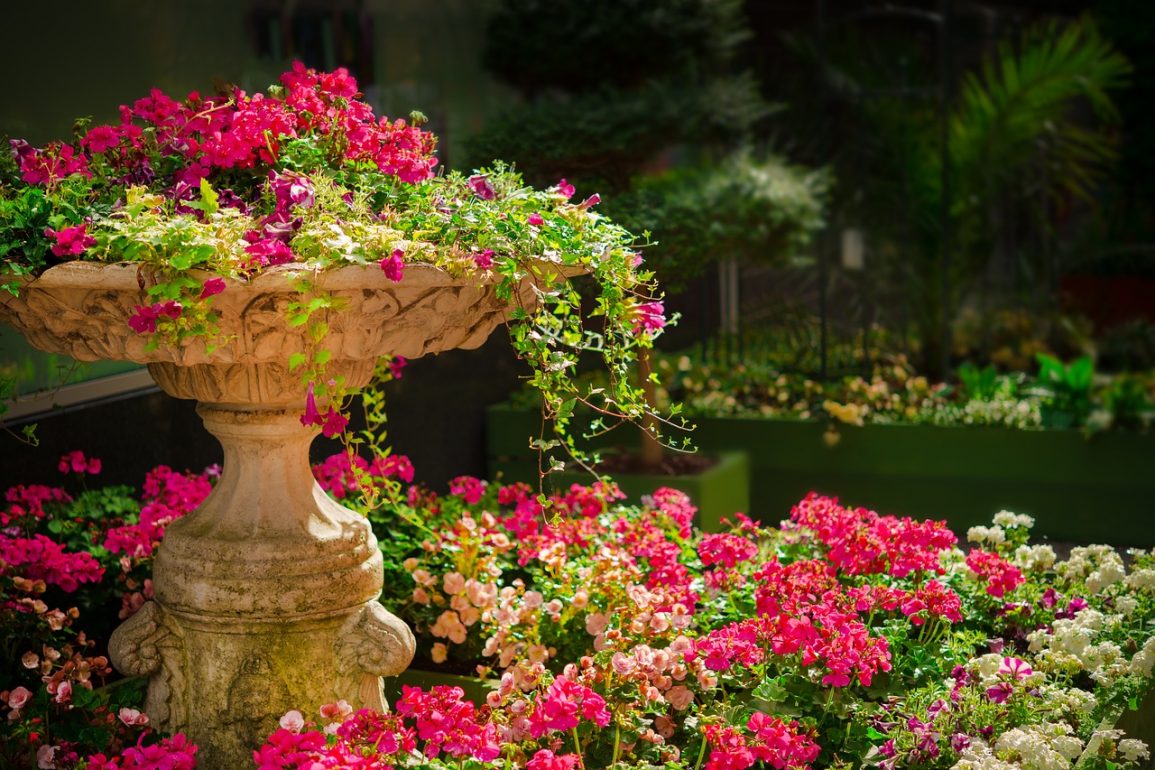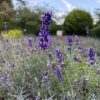Why Is Deadheading Important for Plants? – Flowers exist as they enable plants to reproduce. As the flowers start to fade, the plant’s energy shifts to producing seeds. This can make your plants look less appealing and could lead to the end of your plants in some cases.
Deadheading has many benefits, including keeping your display looking brilliant for longer and preventing potential damage to the leaves. It isn’t too complicated of a task, and it’s something that most homeowners should be able to do without any help from a professional gardener. Below, gardening expert Calum Maddock from HomeHow.co.uk goes over what deadheading is and why it’s important for your plants.
What Is Deadheading?
Deadheading involves removing dead, aged, or unattractive flowers from a plant. In some cases, it also refers to removing damaged flowers or buds. Some plants will only need to be deadheaded to ensure they remain looking neat and tidy. In other cases, deadheading is an essential process that can help with the plant’s overall health and vitality.
Why Is Deadheading Important for Plants?
Keeps Your Plants Looking Their Best
Deadheading always keeps your plants looking their best. Look out for dying or unsightly flowers every few days and deadhead your plants as needed. Deadheading more often will ensure the health of your plants and will keep them always looking their best. This way, you will always have a beautifully blooming garden.
Prevent Damage to The Leaves
You should aim to remove old and fading flowers from your plants before the petals fall onto the foliage underneath. This is especially true for certain plants such as busy lizzies, petunias, and pelargoniums. Wet petals can stick to the leaves and cause rotting, which may lead to some unsightly brown patches on the foliage. Gently shake your plants to remove any fallen petals from the leaves.
Extend Your Flower Display
Picking off the old flowers will ensure your flower display remains looking great for longer. This will also help to control the flower production to make sure your flower display stays exactly how you want it to look. Aim to deadhead summer bedding plants before you go on holiday so that you can avoid coming home to dead and rotting flowers. This also means you’ll come back to fresh blooms.
Energise The Bulbs
If you have any bulbous perennials, such as lilies, these plants will need time to replenish their bulbs so that they can produce a beautiful display the following year. If the plants put their energy into forming new seeds after flowering, this won’t help the process of replenishing the bulbs. It’s important to cut off dead flower heads after the petals fall to make sure you get a lovely display the following year.
Keep Self-Seeding Plants Under Control
Once plants have flowered, many of them will produce new seeds in abundance. If these seeds fall onto the ground, you may end up with a lot of new unwanted seedlings. Some popular self-seeders include poppies, lady’s mantle, hellebores, and aquilegia. If you cut the seedheads off before they ripen and release all of the seeds, you can keep your garden under control.
How to Deadhead Plants
There are two main ways of deadheading plants – pinching and pruning.
Pinching
Many plants can be pinched as a way of deadheading. This involves pinching just underneath the flower and pulling the dead flower away. Most of the time, the flower will come off with ease. This method works best on plants with soft leaves and thin stems.
If your flowers are looking a bit unattractive, simply pinch or cut off the flower stem just below the flower and above the first set of full, healthy leaves. You will need to repeat the process for all of the dead flowers on the plant.
When deadheading via the pinching method, it’s important to wear some good-quality gardening gloves. This will protect your hands from abrasions and will limit your skin’s exposure to toxic plants.
Pruning
Pruning is another method for deadheading plants. This method is best for larger species, such as shrubs or woody perennials. Select sharp tools such as shears for this process. The tool you use should be sharp enough to make clean cuts without damaging or crushing the stems on the plants. In order to keep your plants looking their best, all cuts should be made right back to the next set of healthy leaves.
Flowers on taller stems can be removed individually. However, this can be more difficult for plants that flower in clusters. For these plants, it’s best to shear the plant back. When doing this, you can remove around a third of the plant.
Before shearing, always check the plant to make sure there are no flower buds hiding within the dead flowers. If there are any new buds, simply cut the stem just above where the new flowers are sitting.
Lilly Light


